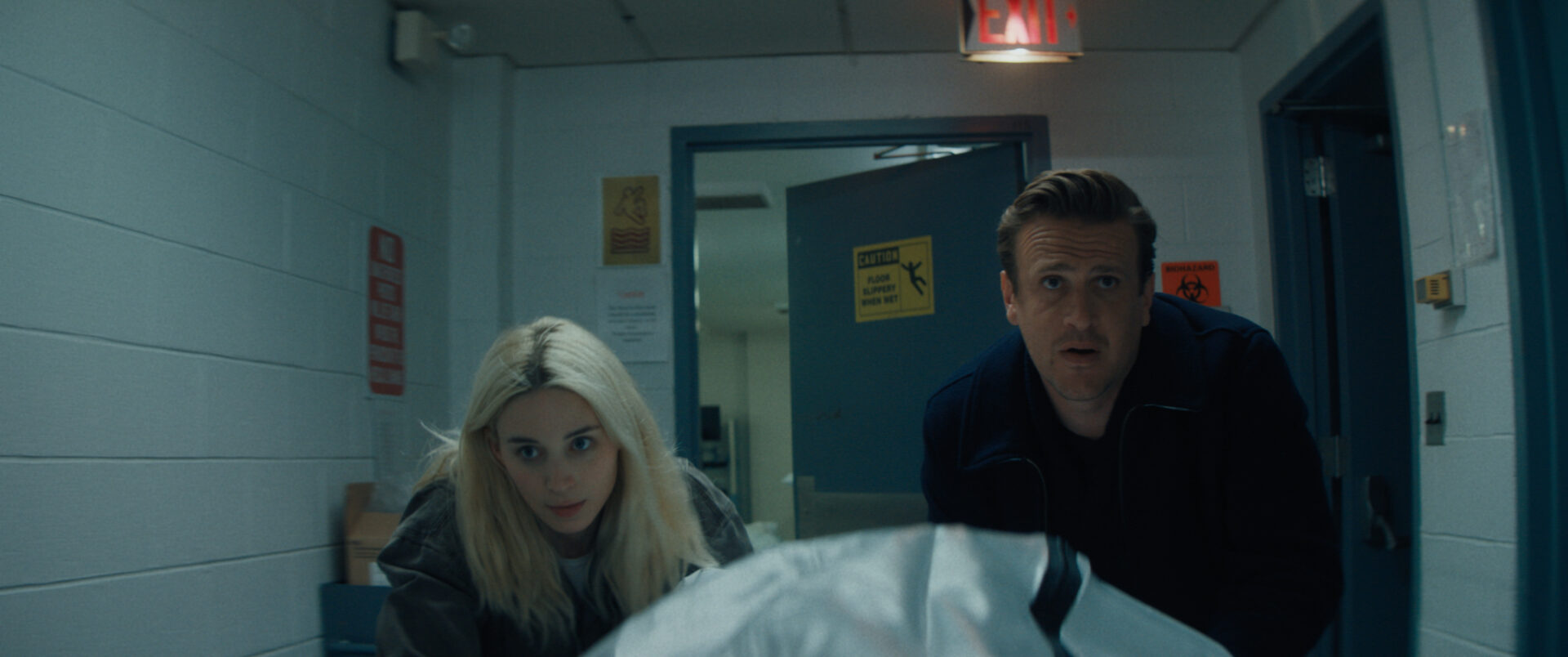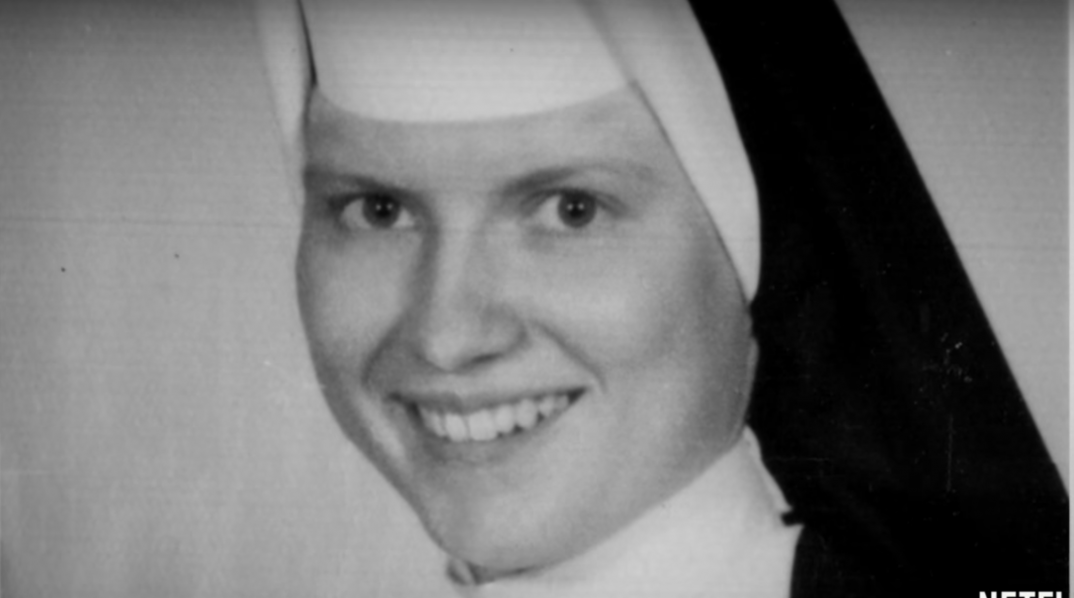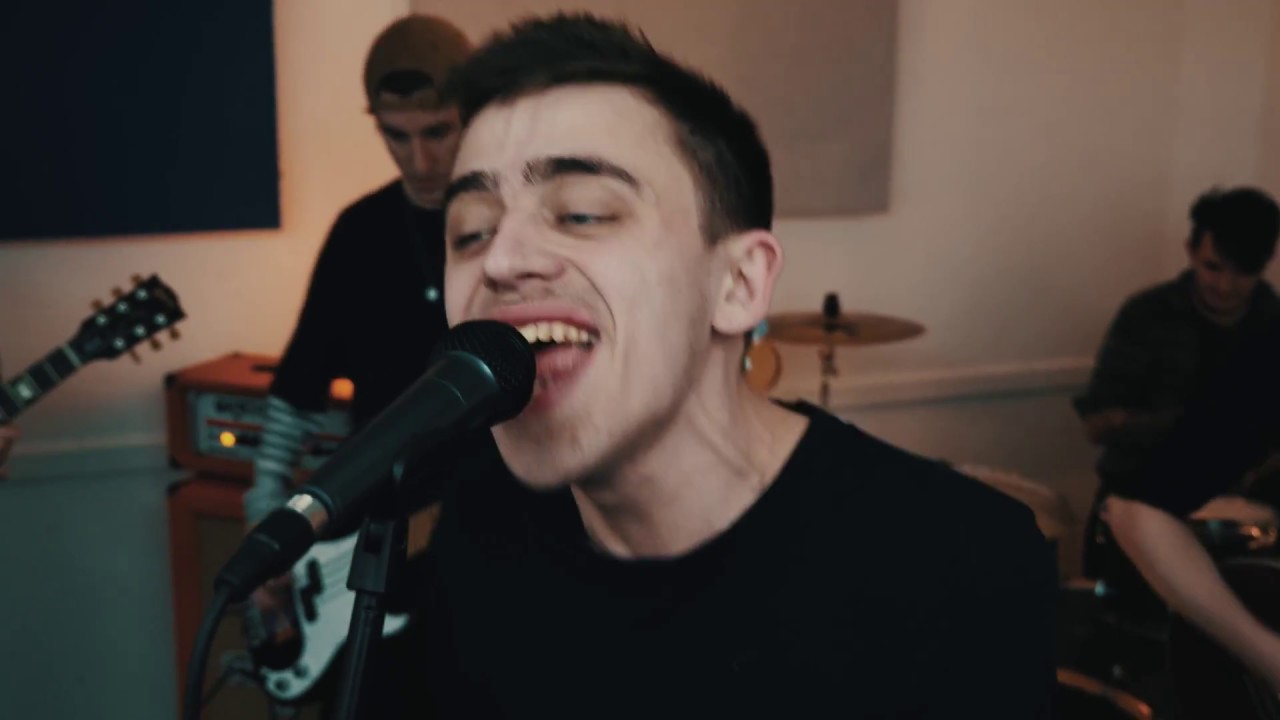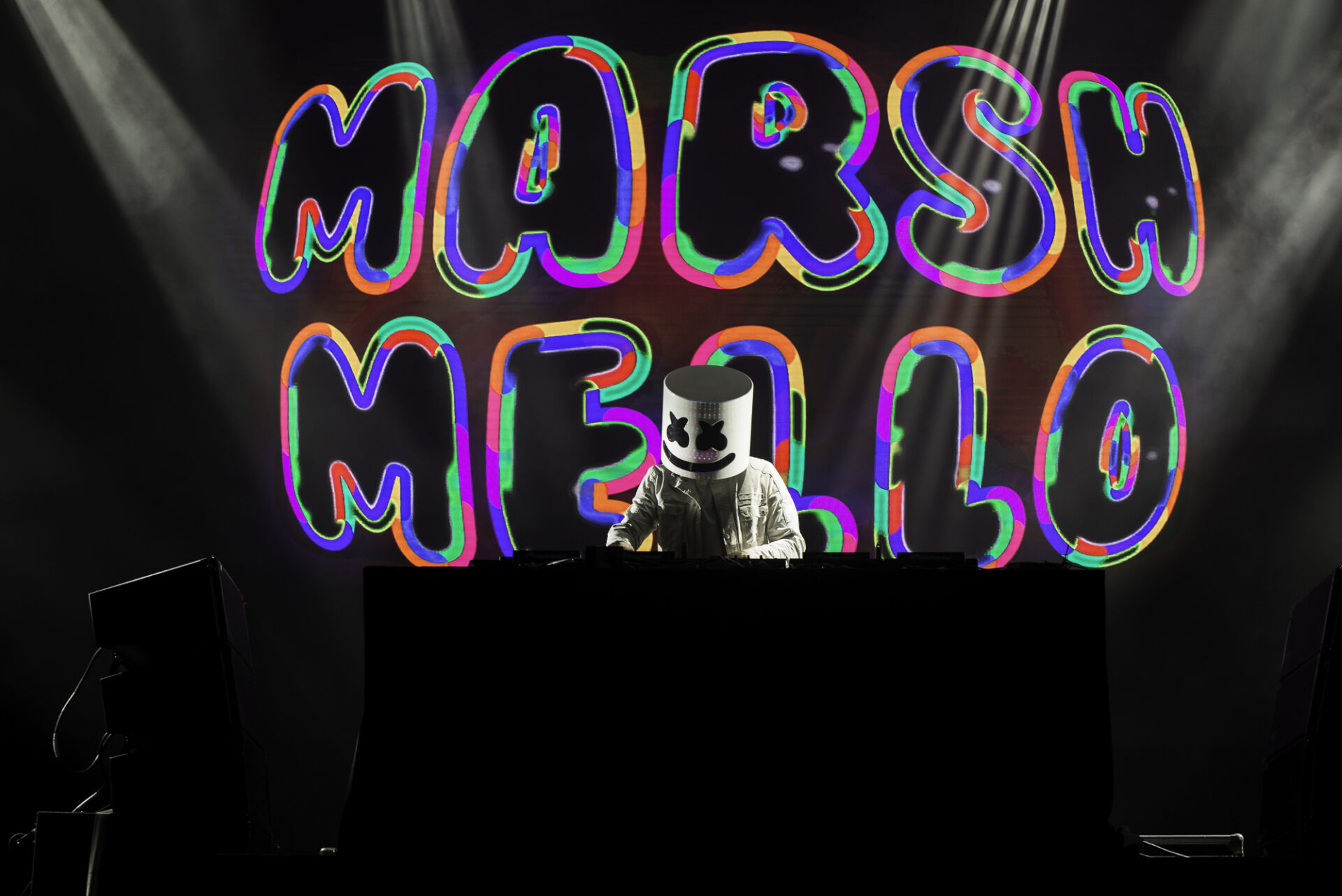There’s a rich history of artists combining forces to create an album together. From Lady Gaga and Tony Bennett covering timeless classics on Cheek to Cheek to Drake and Future celebrating to the limit on What A Time To Be Alive, recent years show that the collaborative album isn’t going anywhere. A new entry into the catalogue is set to release on June 1, when Tunng’s Mike Lindsay and songwriter Laura Marling will debut the self-titled album from their collaborative project LUMP. We spoke on the phone to Mike Lindsay as he settled into his new house in a “small pirate town” in order to learn how Lindsay and Marling met, the process of working together, and just what a LUMP entity looks like.
Substream Magazine: With LUMP, I know you and Laura knew of each other, but didn’t know each other. What’s it like getting to know a person while working on music with them?
Mike Lindsay: We knew of each other and we had sort of come across each other’s paths at a festival or a radio thing, and never really spoken. It was great, it was strange actually when we eventually started working together because we didn’t really talk about life or friends or gossip or politics. I was maybe a little nervous because I’m a fan of Laura’s and wasn’t sure how it was going to be. But I had this sort of bed of music, I had some textures and arrangements laid out, and as soon as I did that it was just down to business. She just started writing lyrics, so there was no chat, we were suddenly just making music without any chitchat, which I have to say is pretty rare. And this went on throughout the whole record, every time she came it was just creativity and then Laura would go. It’s only now since we’ve started rehearsing for the live shows, it turns out we’re quite friendly [laughs]. And everyone’s happy, and we talk lots about everything else, but the actual process of making the music was very focused.
Substream Magazine: That’s the cool thing about art, you can make it with all sorts of people from different backgrounds and experiences, and you don’t have to have a prior history to make art with them.
Mike Lindsay: I’m definitely with you. I’m in another band called Tunng which is 6 people and every one of those people is a very, very different character. We had one sort of Christmas dinner together when we didn’t have a record out or anything like that, and suddenly when you took the music out of it, it’s such a strange bunch of people to be sat around a dinner table [laughs]. Everybody’s so different, so music really does… it doesn’t matter who you are really, you can communicate with the power of sound.
Substream Magazine: So you had this idea and framework of a song going in, is that the usual process for you? Creating the framework and then filling in from there?
M: It depends, but I think this particular framework I had in mind was maybe going to be for a film soundtrack. I started writing with a set of rules that were everything I wanted to have in the same key, roughly, and I wanted everything to be tied together with these sort of flute drones. And I had this idea before meeting Laura. I just didn’t know she was going to be in the studio so quick so I didn’t have a chance to think of any other ideas. But she loved that idea, so we went with it. Actually, we just went with that idea, which became “Late To The Flight,” which is the first track, which led onto wanting to do more, so she would come back, and in between her going away and coming back I’d then have to try to write another idea. That worked out very well for us, because the working relationship was I was dealing with the music side of things and she wouldn’t even touch anything to do with vocal top lines or lyrics. She would just come in, listen, and write. I think that’s an amazing way to work if you’re the sort of person who can do that. I don’t think it’s that common, just being able to sit and listen to some sounds, and then straight through your mind from pen to paper to write poetry and then within an hour be on the microphone and sing the beauty. That’s the way it went this time. For me, sometimes it will be traditional, sit down with a guitar and write a song, produce it, but I do like the sort of jigsaw puzzle effects of putting things together piece by piece in the studio.
Substream Magazine: Doing something that way is cool, especially with this project since it’s so experimental and different from anything either of you two have done before.
Mike Lindsay: That’s good that you think that, yeah. [laughs]. It definitely feels different for me, and I’m very proud of the record. It’s very minimal, actually, and quite raw. And I think for Laura, I can’t speak for her, but I’m pretty sure it was a very different process for her working on this than the way she works on her own stuff. I think for that reason it’s experimental just in the process itself, two people who haven’t done this together. I think it sits on a nice atmosphere. There are certain tones in the music that breathe with this organic sound, but mixed with this sort of swell and hiss of the Moogs and stuff, they all swamp in together. It’s not crazy, but it has an energy and a kind of life form to it that I think gives it it’s uniqueness.
Substream Magazine: It has some things in common like with the Moog synths, but each song feels like its own entire world.
Mike Lindsay: For me, I feel like it should be listened to as one piece of music, one journey, one kinda “lump,” if you want to say that. It’s been quite interesting the past couple of weeks, because the record’s not out–it’s only a short record anyway–but the record’s not out until June in England, but there have been two tunes that have come out already. And to hear them separately, it’s great because they do have their own world, as you say. It’s a bit scary taking them away from the journey, their belonging in the journey world. And it’s just interesting for me to hear them out of context [laughs].
Substream Magazine: I’m sure as a musician any piece of music out in the world you can’t work on anymore is a little bit scary.
Mike Lindsay: Yeah, and liberating because this record actually was finished a year and a half ago, but Laura’s Semper Femina record came out, so she was busy with that. I didn’t know what was going to happen with it, I was happy with some obscure 10 inch and someone discovers it in 30 years or something. It’s great that it’s out, always glad to be out, and it starts to take on its own life, with its own character.
Substream Magazine: Speaking of that, the “LUMP” character that’s on the album cover, where did the idea for that being come from?
Mike Lindsay: We talked a lot about how we wanted to present it visually, but we didn’t have a definitive answer. We just knew it’d be great if there was some kind of “LUMP” character, and the word “lump” takes on this sort of innocence and becomes a person or a thing or an entity. As soon as we started talking like that we felt the project was bigger than just me and Laura, and the music suddenly had a character, which means that there’s maybe a sort of world that it lives in. But we didn’t know what it was going to be, and Laura talked extensively to [animator] Esteban Diacono, who made the video and created the “LUMP” character. It was him actually, after listening to the record and hearing our ideas about a character, who presented us with “LUMP.” As soon as we saw it, it made total sense. Of course it’s a pink sort of Yeti [laughs]. Then he brought him to life in that video, and I think throughout the live shows he’s going to make an appearance and there’ll be some images of him as well.
Substream Magazine: With the touring, what’s the plan for playing LUMP as a live show?
Mike Lindsay: Well, we’ve done it once.
Substream Magazine: How did it go?
Mike Lindsay: Very well, thanks! [laughs]. It was great. It’s a four-piece band, so I’m the vibes-man. It’s me playing the guitar through this kind of wobble-wonk box called an “auto-biscuit,” as well as some flute drones and different samples, samples of Laura’s voice as well. And then we have a drummer who is running all the Moog sounds as well and some of the flute sounds, and then Laura’s playing bass, like a flat wound kind of Hofner bass which is very cool, and Simon’s [Glenister] playing twelve-string guitar. That’s the band. It’s actually a lot more powerful, it almost goes in the shoegaze territory. The show’s about an hour, still the same songs, but we kinda elongate sections and in between parts take on their own life. That’s how it was the last time we did it, and it felt good. So hopefully it’s the same, or something else [laughs].
As our conversation wraps up, Mike Lindsay says that after the experience of working with Laura Marling on LUMP, he firmly believes collaboration is one of the strongest paths forward in music. It’s hard to argue when collaboration makes something as captivating and thought-provoking as LUMP. With the brilliant minds of Mike Lindsay and Laura Marling behind it, LUMP is a project that needs to be heard.
This interview has been lightly edited for clarity.













